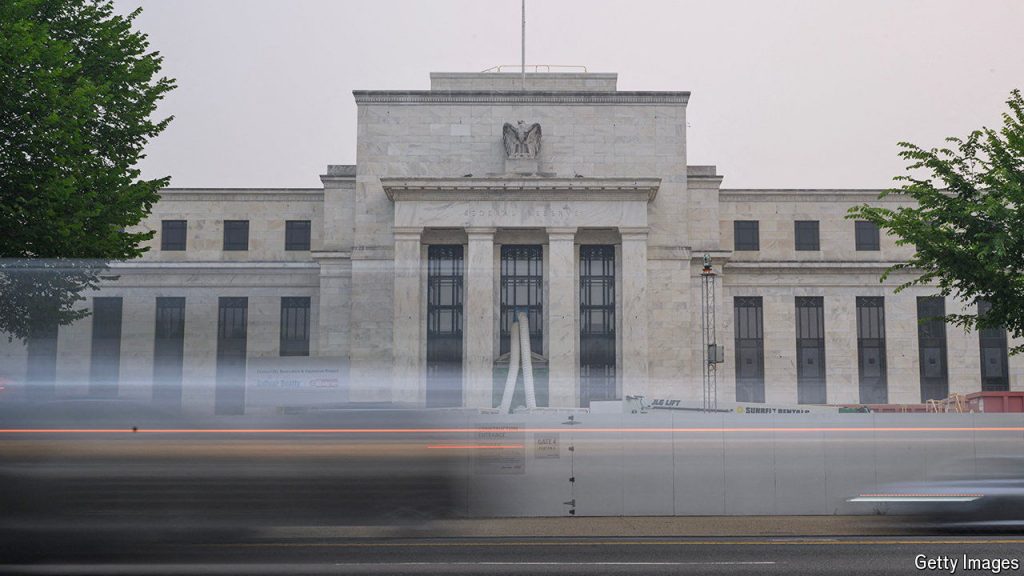In the world of global markets, the concept of less-for-longer quantitative tightening (QT) is gaining traction alongside the familiar notion of higher-for-longer interest rates. This strategy, employed by the Federal Reserve to reduce its assets and shrink its balance sheet post-covid, has important implications for central bank policy and financial stability.
The Fed has already reduced its assets by 16% since mid-2022, a slightly larger reduction compared to its previous attempt at QT from 2017 to 2019. Shrinking its balance sheet further would give the Fed room to expand it again during future financial crises, while also addressing concerns about high inflation and asset bubbles associated with quantitative easing (QE).
Key to understanding the impact of QT is the level of reserves held by commercial banks, which are closely monitored by the Fed. The central bank aims to return banks to “ample” reserves, down from the “abundant” level seen today. Without a fixed target, the Fed is guided by market signals to determine the appropriate balance-sheet size.
Going forward, the Fed is expected to slow its asset reduction, with plans for tapering QT likely to be announced after the May 1st meeting. This gradual approach is intended to minimize market disruption and allow for a smoother transition to a smaller balance sheet. The Fed’s efforts to communicate and manage its balance-sheet tools have led to a more stable financial environment compared to past instances of QT.
Despite the technical nature of QT, the implications reach far and wide in the global economy. Investors and financial markets are closely watching the Fed’s actions, as the central bank balances asset reduction with interest rate cuts. While the process may seem contradictory, market participants are expected to price in the impact of tapering QT as it unfolds.
Overall, the Fed’s approach to QT is a crucial component of its monetary policy toolkit, with implications for financial stability and market dynamics. While the process may seem uneventful compared to past instances of balance-sheet reduction, the Fed’s careful management of QT signals a new era of central bank policy. Stay tuned for further updates on how this strategy unfolds in the ever-evolving landscape of global finance.
Source link














